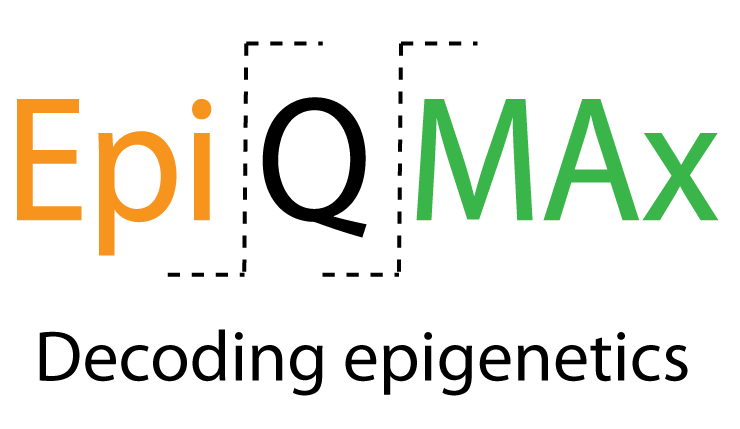Histone abundances
Barplots represent the relation between a numerical variable and a categorical variable. In our reports, the height of the bar represents the (absolute or relative) abundance of a protein or modification. If different samples are available in the dataset, bars from the same samples are shown side by side.
Histone changes (time series)
A time series plot represents the changes of a quantitative variable across time. For histones (and modifications), this plot can show how a patient's histone abundance changes across weeks or stages of a disease or along a drug treatment.
Histone abundances (boxplots)
Boxplots represent the distribution of a numerical variable for different categorical groups. Each box depicts the median and interquantile range (IQR) of the distribution. One can also observe the degree of dispersion and skewness in the data as well as outliers. In our reports, we use boxplots to compare the abundances of histones between different samples. A histone abundance is estimated by the abundance of its observed peptides. In other words, each point in the plot represents the abundance of a peptide of a specific histone. If the IQR of any two groups do not overlap, there are high chances that they are significantly different.
Histone heatmap
A heatmap is a representation of a matrix data, where columns are samples and rows are different proteins (or modifications). The color intensity of each cell correlates with the abundance of the protein in the respective sample. A heatmap allows an overall comparison of many proteins through many samples. However, outlier values can obscure significant differences between other cases. For such cases, scaling the data either row or column-wise reveals the differences.
Histone modifications bubblechart
Bubblecharts represent a numerical value (such as protein abundance) in the areas of bubbles. This plot is useful when a project contains only one sample and many proteins or modifications have been observed.
Histone scatterplot
Scatter plots show the relation of two numerical values. In our reports we use them to compare the abundances of the proteins in two different samples. Each point represents a protein (or a modification) and its position in the plot depends on its abundance in sample 1 and 2.
Histone volcano plot
A volcano plot is a special case of a scatter plot. The x-axis represents the fold-change in abundance due to the effect of a treatment (or another differential variable between 2 samples). The y-axis indicates the statistical significance of the difference in abundance.
Histone spectrum
This kind of plot represents the fragment peptide ions detected for a histone peptide. The y-axis indicates the intensities of the fragment ions, whereas the x-axis the mass/charge value. In our reports this plot is provided as a quality control plot for the inspection of a peptide identification.
Histone profile
An intensity profile plot shows the elution profile of a peptide ion along its chromatographic elution time range.
Histone keyboard
A keyboard chart shows the abundance of a protein reflected on the area of the keys on the board.
Histone piechart
A piechart shows the abundance of a protein reflected on the area of the slices of the pie.
Histone radarchart
A radarchart (or spider web) shows the abundance of a protein reflected on the extention of the web along the axes.

